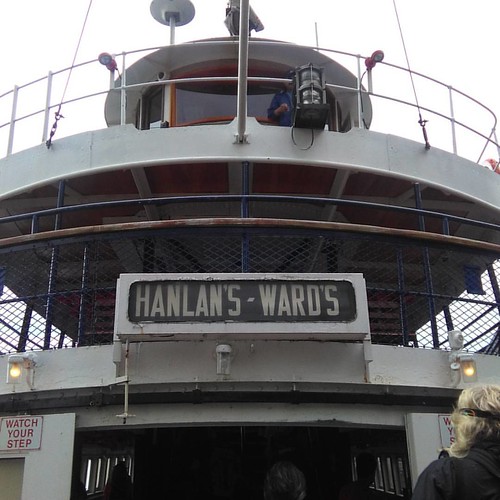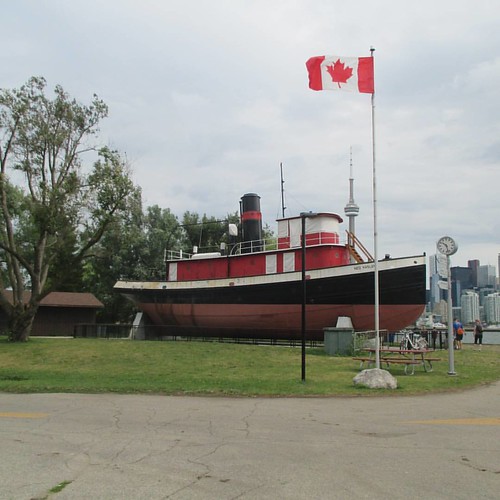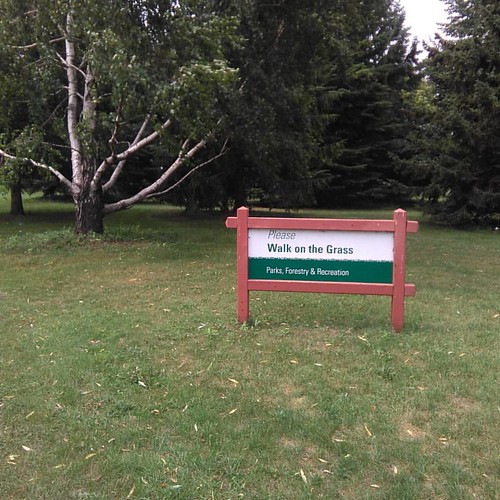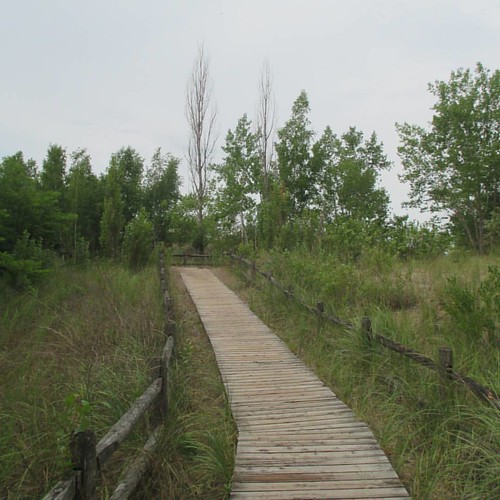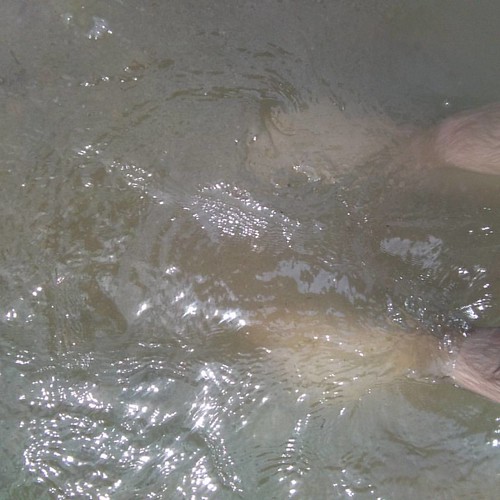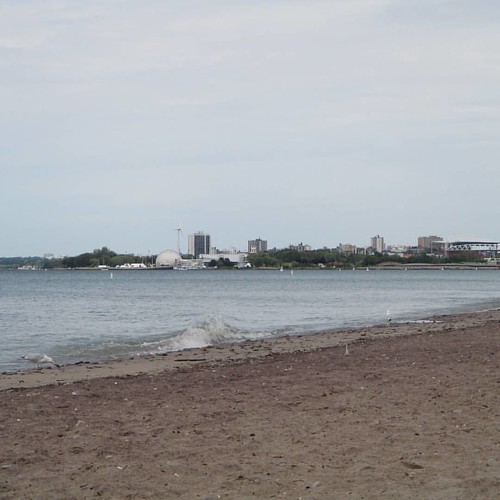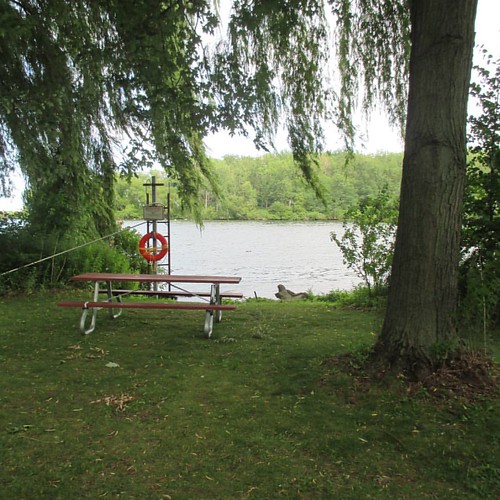Archive for July 2016
[PHOTO] To Hanlan’s Point, 30 July 2016
On Saturday, I went to Hanlan’s Point Beach with a friend. It was the first time I’d gone there this year, but the beach was as beautiful as ever.
One thing: In the morning, there are plenty of seabirds and insects around. The seagulls I liked, the insects less so.
Another thing: Remember sunscreen. I forgot, and believe me, this is visible.
[ISL] “Muskrat Falls has become a millstone around Newfoundland’s neck”
The Globe and Mail‘s Konrad Yakabuski writes about the huge unanticipated costs of a hydroelectric project weighing down on a depressed Newfoundland.
By his own admission, former Newfoundland and Labrador premier Danny Williams entered politics in 2001 to turn his proverbially have-not province into the master of its own destiny.
For too long, Newfoundland had sat angrily by while its fishery resources were dilapidated by the federal government and the benefits of its vast hydroelectric potential, including the massive Upper Churchill generating station, accrued almost entirely to Quebec.
“After years of watching in frustration as opportunities for growth were missed, lost or mismanaged, I had enough,” Mr. Williams said in a speech this April. “From the fishery to the Upper Churchill, I was determined to change our path in the history books.”
It seemed to work out for a while. An oil boom and a deal with Ottawa on the province’s offshore resources enabled Newfoundland to move off the equalization rolls for the first time in 2007. And Mr. Williams capped off his premiership in 2010 by launching a $6.2-billion hydro project on the Lower Churchill River, free of what he called “the geographic stranglehold of Quebec.”
Newfoundlanders, it seemed, were indeed becoming masters in their own house.
Well, the oil boom has gone bust, driving the province’s public finances to the bottom of the Canadian heap, and the projected cost of the 824-megawatt Muskrat Falls hydro project now under construction on the Lower Churchill has been revised skyward to a staggering $11.4-billion. Muskrat Falls has become a millstone around the neck of an already down province.
[URBAN NOTE] “Berlin’s Startup Hub Wants to Prove It’s More Than Just a Scene”
Adam Satariano and Stefan Nicola wrote for Bloomberg BusinessWeek about Berlin’s emergence as a startup hub. This is not mentioned in the article, but I wonder how Brexit will help or hinder this.
The Factory would feel pretty much like any big Silicon Valley headquarters, if you couldn’t see the death strip. In the 19th century, this 130,000-square-foot Berlin warehouse held a brewery. In the 20th, it was an air raid shelter, then rested in the shadow of the Berlin Wall. East German watchtower guards gunned down people trying to scramble across the border. (Hence the term “death strip.”) Today the retrofitted space is home to dozens of tech companies, including Uber and Twitter, and is the headquarters of the music streaming service SoundCloud.
Inside, the Factory is packed with all the perks of a Silicon Valley campus: nap rooms, scooters, 3D printing stations. Headphone-wearing millennials hunch over MacBooks or mill around a lounge where guitars hang from the wall near books with titles such as The Lean Startup and The Startup Game. Conference rooms are named for the regulars at Andy Warhol’s Factory. There are 700 people here; in addition to the full-time employees, a lot of individual tech workers pay €50 ($55) a month for access to a common work area.
“It’s a social club for startups,” says Factory co-founder Lukas Kampfmann, 30, wearing a T-shirt bearing the names Steve (as in Jobs), Elon (Musk), Bill (Gates), and Mark (Zuckerberg), printed in the font Helvetica like the familiar Beatles shirt. On the roof of the warehouse, with a clear view of the former death strip, Kampfmann says his community’s emulation of Silicon Valley isn’t an accident. “We admire American movies, culture, fashion, music,” he says, and this is the logical next step.
Across Berlin, young tech workers from throughout Europe are flooding into cafes and rehabbed Soviet-era buildings, drawn to the German capital by the promise of foosball-casual work environments, cheap rent, and an uninhibited party culture. It’s a package deal that can be tough to match elsewhere in Europe. A decade ago there were a few dozen tech startups in Berlin. Now there are 2,500, and the Investitionsbank Berlin, the government’s regional economic development agency, says there are 70 percent more digital jobs there than there were in 2008.
Although a handful of old-school conglomerates such as Siemens and SAP remain Germany’s most visible technology companies, they’re no longer the country’s main draw for aspiring hardware or software developers, says Martin Hellwagner, a 27-year-old coder who moved to Berlin from Austria in early 2014. “I really wanted to work for a startup,” says Hellwagner, who spends 60 hours a week working on Uberchord, a guitar-lessons app. “You have more responsibilities. It’s not just a 9-to-5. You actually change something, and your opinion matters.”
[URBAN NOTE] “Why Did Busloads Of Asian Tourists Suddenly Arrive In This English Village?”
Writing for NPR’s Parallels, Lauren Frayer reports on the apparently mysterious mass visit of Asian tourists to the English village of Kidlington. Perhaps they just wanted to see an English village?
Fran Beesley was still in her bathrobe early one morning in June when she emerged from her home to find a Japanese family taking photos of her flowerbeds.
She lives in a 1970s-style one-story bungalow in the rural village of Kidlington, about a 90-minute drive northwest of London. It’s a quiet place. Doesn’t get many visitors. Beesley is retired and cares for her invalid husband. They’re both in their 70s.
It was what Brits call “wheelie bin day” — garbage collection day. Beesley walked down her driveway to retrieve her empty trash cans.
“And I saw this gentleman putting his camera away. Well, as you can see, it’s just my vegetables and geraniums!” she says, taking NPR on a tour of the flower beds. She says the Asian tourists politely put away their cameras. Their tour bus idled out front.
Beesley tried to offer tea to her unexpected guests, but they didn’t speak English. She managed a few words with their Polish bus driver, but he didn’t say much.
[URBAN NOTE] “Cop who shot Sammy Yatim sentenced to six years in prison”
NOW Toronto reports on the conclusion for now to the shooting case of Sammy Yatim, with the imprisonment of policeman James Forcillo. Only now, I found out, can he finally be suspended without pay.
In January, a jury found Toronto police constable James Forcillo guilty of attempting to murder Sammy Yatim. They concluded that the first set of bullets he fired may have been justified but that the second — fired while Yatim was already dying on the streetcar floor — was not.
Today, Justice Edward Then sentence Forcillo to six years in prison, beyond the Criminal Code’s mandatory minimum of five years for attempted murder with a firearm. Forcillo’s lawyer, who’d argued that the minimum was unconstitutional and was never intended to apply to police officers, had asked for two years less a day of house arrest. The Crown wanted a jail term of eight to 10 years.
Constable Forcillo can now finally be suspended without pay. Ontario’s Police Services Act, which is currently under review by the province, only allows a police chief to suspend an officer without pay once he or she is convicted and sentenced to a term of imprisonment. Such a suspension can continue even while the conviction or sentence is being appealed, which is likely in this case. It’s not out of the question that, given the constitutional arguments around mandatory minimums, the matter could end up being decided by the Supreme Court.
Only after all avenues of appeal are exhausted may the police service commence disciplinary proceedings against Forcillo to actually get him dismissed from the force.
